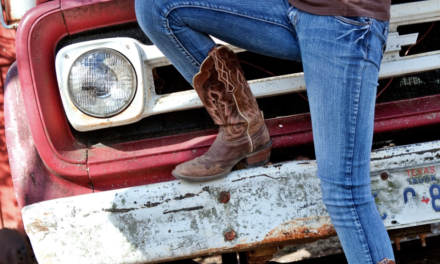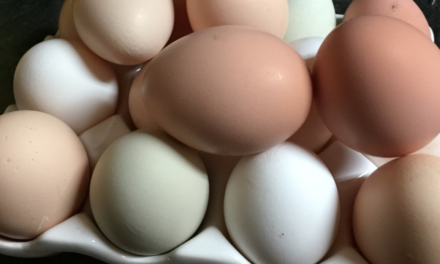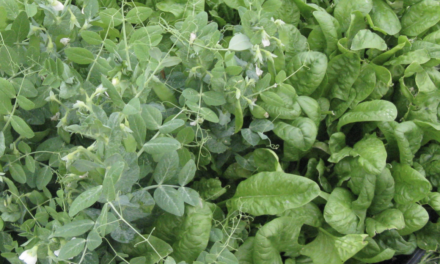August is Fishing Month and here is the latest article from muskie fisherman, Merle Schmierbach.
When the lakes freeze over at the end of fall in the North Country, lots of muskie fishermen pass their time talking about muskie fishing. The various Internet discussion boards where they gather together and commiserate while awaiting the spring thaw refer to this time period as “winternet”. In our neck of the woods, we have an equally stressful period of time for muskie hunters beginning in early summer when the water temperatures reach 80 degrees. In these warm water situations, due to the low amounts of dissolved oxygen in the upper layers of water, catching a muskie either results in an immediate fatality or the fish dies shortly thereafter, a condition referred to as delayed mortality. Ethical muskie fishermen stop the local pursuit of their quarry until water temperatures recede to safe levels in the fall. Some travel north and fish cooler waters; some find other interests to occupy their time. I have developed a related interest to occupy my summer – muskie lure making.
The first muskie I ever caught was on a spinnerbait of my own design. Not only was it gratifying to catch that fish but it was all the more special to catch it on a lure that I actually made. From that moment on the die was cast. I have been making muskie lures ever since and now I fish nearly exclusively with baits that I carve by hand. Yes, I could make a lot more baits by machining them on a lathe or mass produce baits using an injection molding process, but there is something that allows me to connect with a bygone era when I pick up my knife and chisel and start to carve on a nearly featureless block of wood. From start to finish there are well over 100 separate steps involved and it often takes nearly a month to complete a small batch of baits yet it is worth the effort in the end.
There are a number of reasons I make my own lures:
- A prime consideration is cost. While mass produced lures are relatively expensive, custom built lures tend to be very pricey; the biggest expense in making your own is mainly the time required.
- I can personalize baits for a specific presentation rather than depending on a commercial lure maker to possibly meet those needs.
- I am always looking for that edge – using something that muskies have not seen previously.
- There is a definite challenge creating a lure from concept to completion followed by the ultimate test on the water with the fish being the final arbiter of success.
The Process (A Condensed Version)
Most of the tools and materials shown here are available from your neighborhood Buchheit Store.
The first step is making a muskie bait is the wood selection. My lures are predominantly made of 3 different kinds of wood: Cherry, Western Red Cedar, and Northern White Cedar. The cedars have relatively low density, are naturally resistant to water, are easy to carve and have what I refer to as “bounce” in the water. The majority of my crankbaits are made from Northern White Cedar, traditionally used in muskie lures since the 1800s. Cherry is denser and requires less additional weight when making gliders and jerkbaits.

Figure 1: Left to Right – Cherry, Western Red Cedar, Northern White Cedar Woods
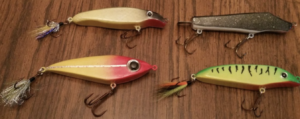
Figure 2: Three Jerkbaits and a Glider (bottom right) of Cherry
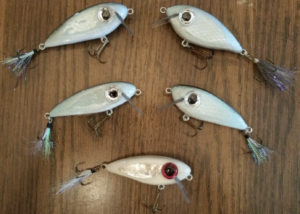
Figure 3: Crankbaits made of Northern White Cedar

Figure 4: Flaptail made of Western Red Cedar

Figure 5: Marking Edges for Carving Wood Blank
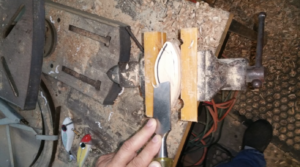
Figure 6: Carefully Shaving the Wood with a Chisel
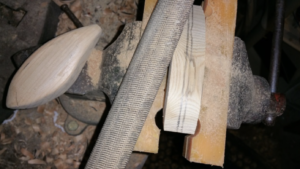
Figure 7: Coarse Filing after Carving
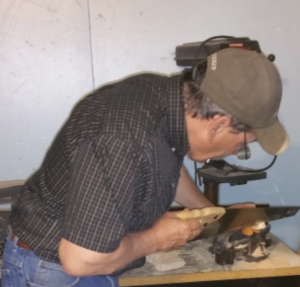
Figure 8: Sawing Slots for Diving Lips

Figure 9: Sanding – Lots of Sanding

Figure 10: Sawing Diving Lips out of a Sheet of Lexan

Figure 11: Diving Lip Installed with Epoxy and Hole Drilled for Weight
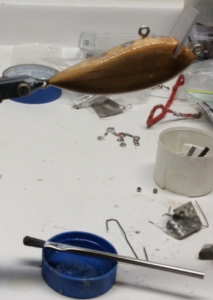
Figure 12: Applying the Third Coat of Wood Sealer with More Sanding After Each Coat

Figure 13: Drying Between Coats of Primer

Figure 14: Topcoat Paint, Eyes, and Bling
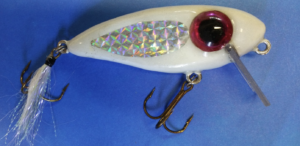
Figure 15: Three Coats of Devcon 2-Ton Epoxy to Protect the Paint, Dressed Rear Treble & We’re Finally Ready for Fish!
Is it fall yet?
This August don’t forget to stop by your local Buchheit retail store to gear up for Fishing Month. Spend this month relaxing on the lake and maybe if you’re lucky, you may have a fish story of your own to share! You can submit photos of your fish at the Buchheit Photo Barn and you may see one of your images in a Buchheit ad or store signage. Happy fishing!


